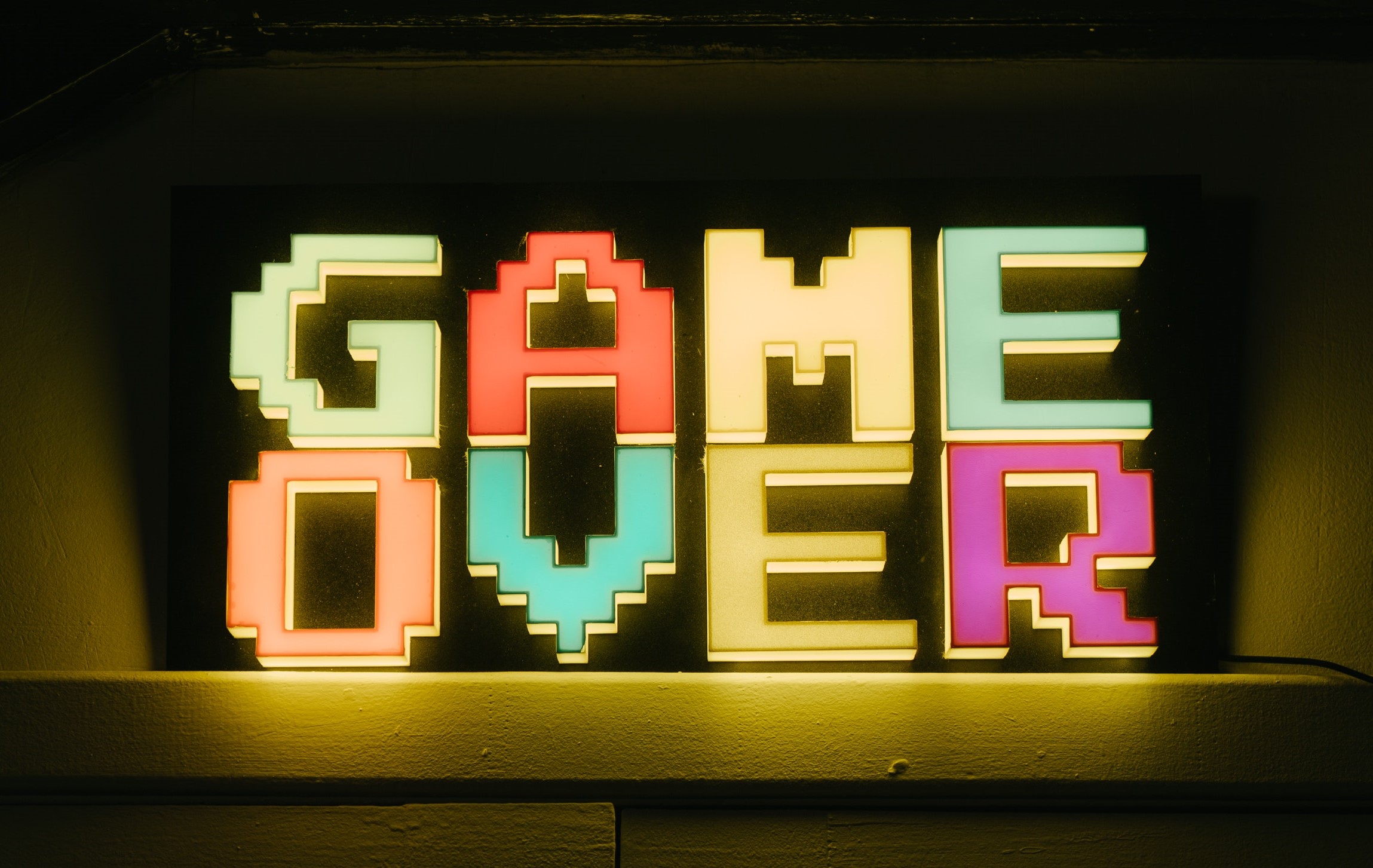Who hasn’t dreamt of playing video games in the classroom? Well, we’re not talking about playing Fortnight, but all the same, the gamification of learning is part of the thinking behind tomorrow’s pedagogy. First of all, what is gamification and why use video games in teaching?
What are gaming and gamification?
Gaming is increasingly present in our environment. Video games are making inroads into many different fields, including sport, art and even music. And yes, singers have been known to give live concerts inside video games! Although they haven’t always had an educational purpose, games encourage us to think strategically, organize, manage time and money. Many cross-disciplinary skills are required, and hours of training are necessary if you want to become an e-sport competitor! So why not use the mechanics of video games in the classroom, since they seem so engaging?
We learn to play games from an early age. Many games are considered to be educational, allowing us to learn while having fun, acquiring skills without even realizing it. And yet, the older we get, the more this playfulness is lost, until it disappears altogether. The digital transformation in higher education that we are currently experiencing is expanding learning possibilities, creating interactive environments that are engaging and fun.
The game gives us the right to make infinite mistakes. We make mistakes, find out why, test and try again, until we find the solution. This interaction provides rapid feedback, enabling us to identify areas for improvement quickly and accurately. Games reduce the fear of the consequences of failure, because if you lose, there are no real repercussions. According to Traci Sitzmann, a researcher at the University of Denver, users feel 20% more at ease with this mode of learning.
An immersive technology
The benefits of gamification in education are similar to those of virtual reality in several respects. In 2013*, Stott and Neustaedter identified four game mechanisms that can be reused in education: experience and immersion through storytelling, progression, rapid feedback and, finally, the freedom to fail.
First and foremost, it allows us to interact and evolve in a stimulating graphic environment, making us actors in the acquisition of information. Receiving information visually, and placing it in an environment, enables us to understand its usefulness in a specific context. Simulating a situation, and thus bringing us closer to reality by scripting it, enables us to carry out our thinking and test possibilities. Learning through experience increases our memorization rate, which reaches 90% when we are fully engaged and stimulated by a practical situation.

Engaging rewards
Cette simulation permet également d’apprendre à utiliser ses connaissances et à les mobiliser dans un contexte différent du cours pour résoudre un problème. L’utilisateur cherche à gagner la partie, et va faire plus d’efforts pour trouver la solution dès lors qu’il reçoit une récompense, une stimulation, l’accès à un niveau supérieur par exemple. Cette satisfaction va créer de l’engagement chez l’utilisateur, qui ira de plus en plus loin dans le jeu, pour obtenir de nouvelles récompenses. Ce qui lui permettra de devenir encore plus efficace et d’en obtenir davantage.
La gratification de l’effort, que ce soit dans les jeux vidéos ou dans la vie de tous les jours, est un moteur. Signifier la réussite et récompenser un effort, c’est le reconnaître et donner envie au joueur de reproduire cette réussite.
Au-delà d’un aspect engageant et récompensant, le jeu est un moyen d’impliquer émotionnellement et physiquement l’étudiant qui se retrouve dans une situation challengeante et ludique, créant ainsi des endorphines, hormones du plaisir !
Un jeu sur différents niveaux
The game is also a way of evolving at one’s own pace, and building on one’s own mistakes. The fact of making mistakes, daring to interact and having options allows students to identify their weaknesses and widen their field of vision of the solution. Playing on different levels means learning to start with your own weapons and succeed in evolving, according to your needs and means. Isn’t it satisfying to know that we’re being allowed to progress, in a more autonomous and personalized way?
The gamification of education is still in the experimental stage. Studies on the subject are multiplying, and it may be that games will take on a greater role in education sooner than we think. The Louvain Learning Lab has studied and tested the possibilities offered by this concept and has produced a gamification workbook, which can be downloaded from their website !
As you can see, gamification offers many advantages. Engagement, interaction, visualization, game-based learning is taking root in people’s minds, and with good reason.
What about you ? Are you ready to learn by playing ?
*Stott, A., & Neustaedter, C. (2013). Analysis of gamification in education. Surrey, BC, Canada, 8, 36.






